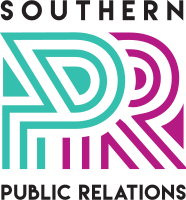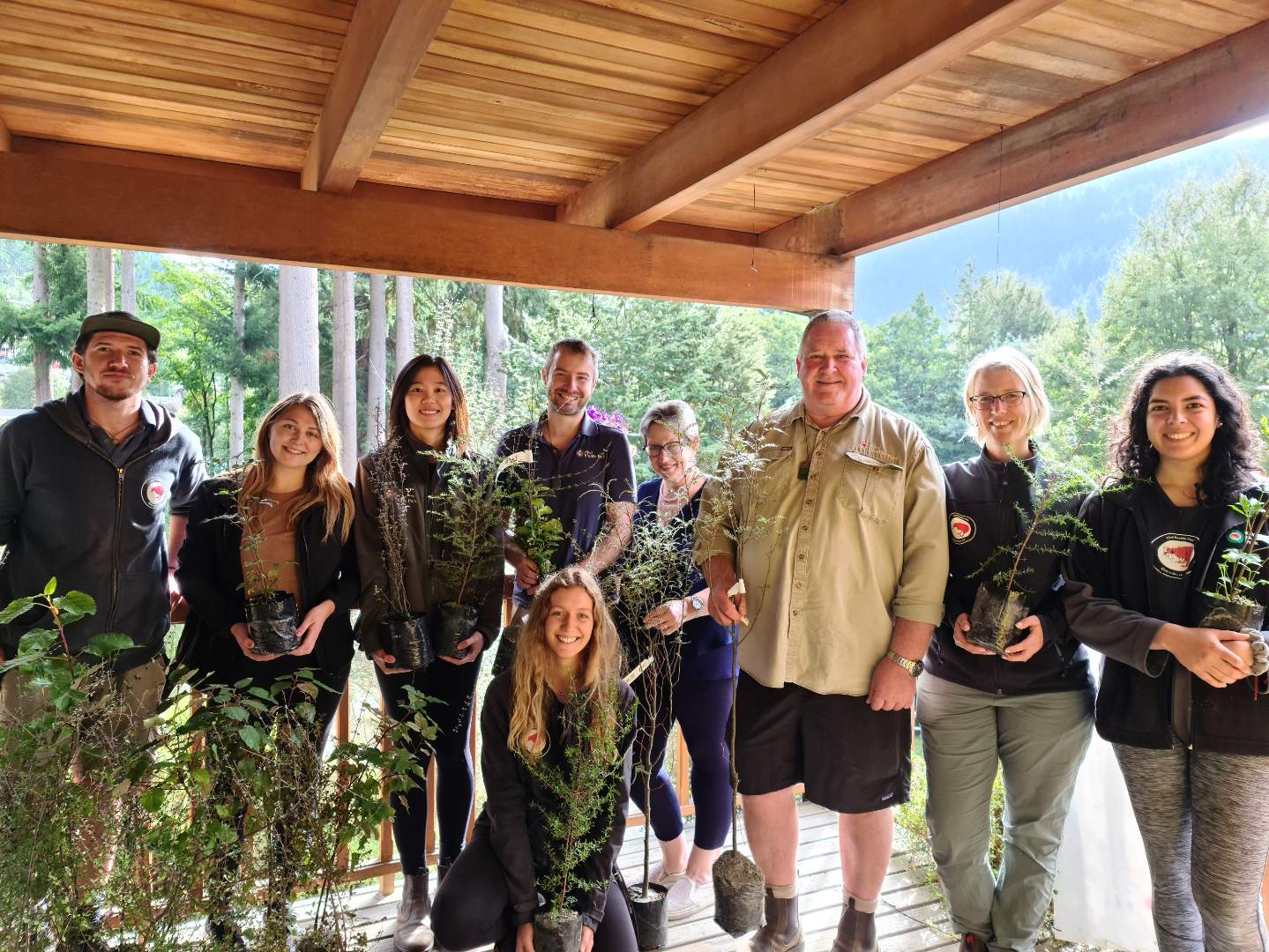Thirty-five years of outstanding contributions to the survival of New Zealand’s unique species is under threat at Queenstown’s Kiwi Birdlife Park.
As the park marks the milestone anniversary this year, celebrations are muted as it faces the very real possibility of closure without continued funding and financial support.
So with the Easter break and school holidays just around the corner, it’s launching a ’35 for 35’ campaign for the month of April, encouraging each visitor to donate $35 for the experience — a mere dollar for each year of wildlife conservation.
The park has been a labour of love for the Wilson family – 35 years ago metalsmith Dick Wilson and his wife Noeleen had an unlikely ‘vision’ of building the resort town’s first birdlife and conservation park on an overgrown piece of wasteland.
Today that same park is owned by their son Paul and his wife Sandra, and their own son Richard also works in the business.
Over the decades it’s attracted thousands of visitors every year and is recognised nationwide for its conservation success stories, taking part in a number of ‘breed-for-release’ programmes and displaying over 20 species of native wildlife. It’s also planted nearly 20,000 native trees to provide essential food and shelter to wild native birds.
Now the future is looking grim, with revenue down 80% year-to-date and funding from the Wildlife Institute Relief Fund only covering a proportion of overall costs. Those costs are incurred whether they’re open or not, with two or three keepers required on site every day to care for and feed the wildlife.
Understandably, Paul Wilson says the family is incredibly saddened by the downturn after 35 years of hard work.
“We’re trying so many new and different ways to keep our head above water, but this is more than just about the money,” he says.
“This park has always been about wildlife survival. We’re passionate about wildlife and so are all our staff.
“We’ve developed one of the best whio breeding programmes in the country and it would be a devastating loss to the whio population if this couldn’t continue. In 2019 and 2020 we built an outstanding new Kiwi House which we’re still paying off, so we’d really love to share this amazing new exhibit with some visitors.
“We’re so proud of what we’ve built up here but this is the biggest challenge we’ve faced in 35 years and we need support more than ever. We need people to come and see one of the biggest kiwi display houses in the country, celebrate our breeding programmes in the knowledge that they’re contributing to future conservation success, and enjoy the conservation show which is celebrating its 20th anniversary.
“We know we’re loved by locals and by visitors from near and far, so everyone who visits will know their $35is going a very long way, hopefully for the next 35 years, for a very good cause.”
KEY KIWI BIRDLIFE PARK MILESTONES:
- January 13 1986 opened its doors to it’s first visitors
- 1989 – Joins captive breed-for-release programme for critically endangered black stilts with only 23 left in the world.
- 1996 – First kiwi (Koru) hatched at the park.
- 2001 – Conservation Show launched, first free-flight bird show in New Zealand.
- 2004 – First Haast tokoeka (kiwi) chick hatched, the first time this species ever hatched in captivity.
- 2005- Our audio guide, a self guided audio tour, launched.
- 2010 – New enclosure showcases NZ’s sub-antarctic island species.
- 2012 – Joins captive breed-for-release programme for whio (blue duck)
- 2013- Became the first institute in NZ to be accredited with providing positive animal welfare.
- 2015 – New reptile wing built.
- 2017- celebrated the release of our 200th pateke duckling into the wild since the year 2000.
- 2018 – Bush regeneration programme was intensified with the cutting down of 129 invasive pine and fir trees and the planting of 5,000 native trees.
- 2019- New falcon exhibit built and breed for release programme for South Island kaka started.
- 2020 – State-of-the-art new Kiwi House built


